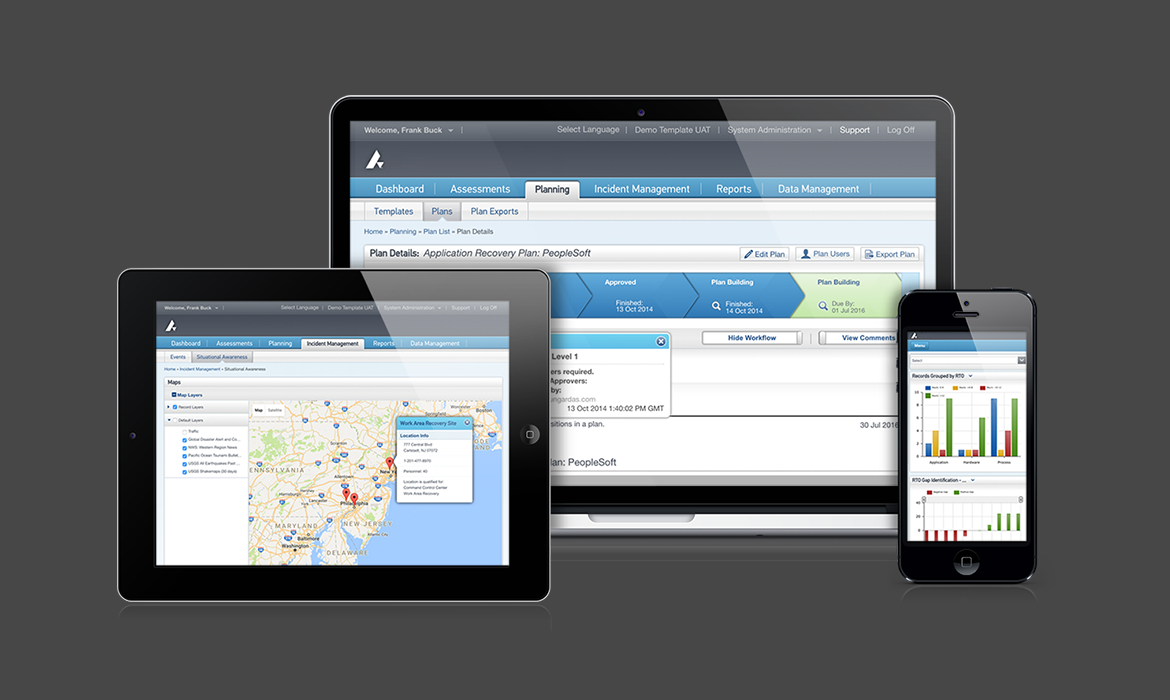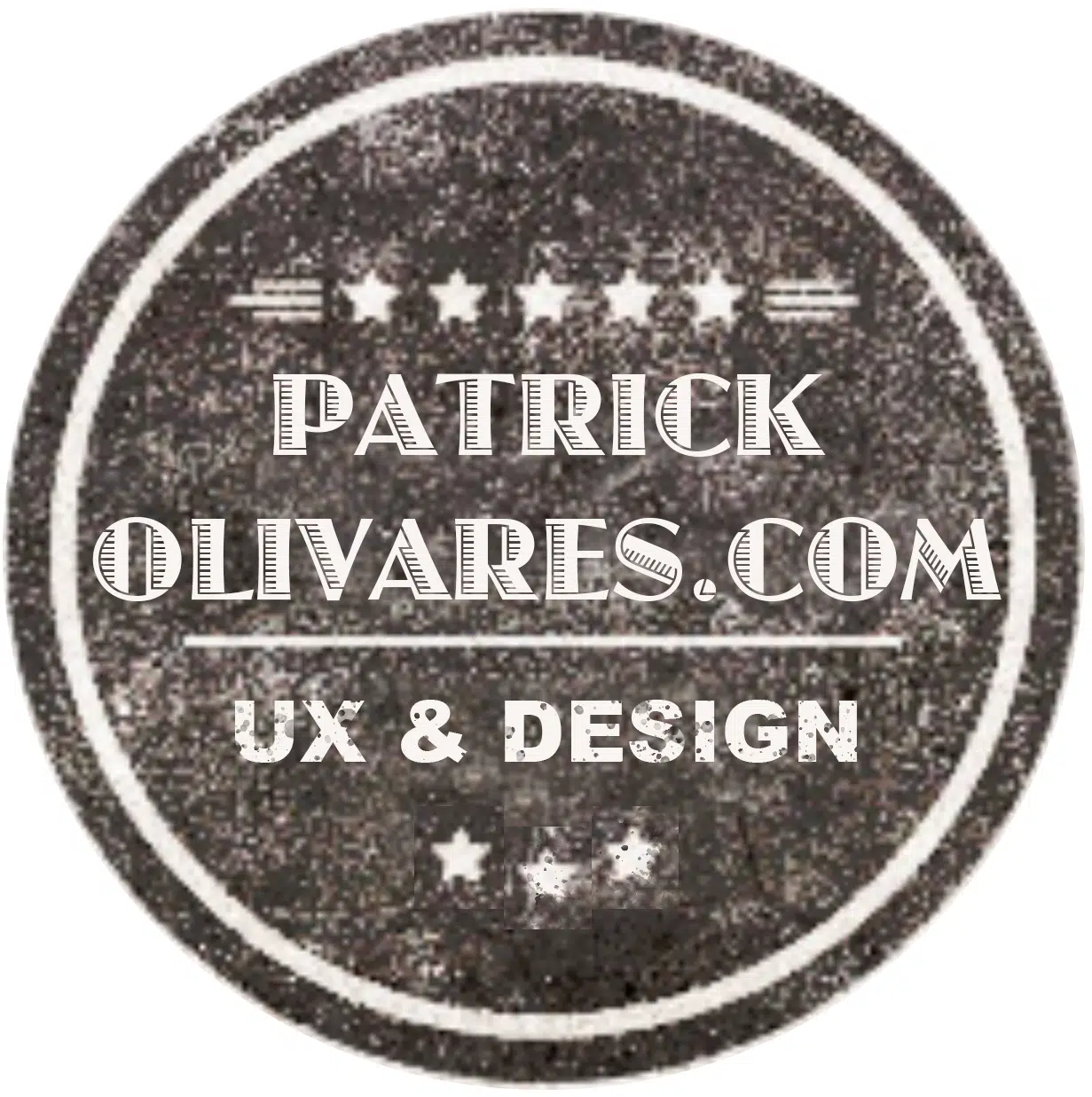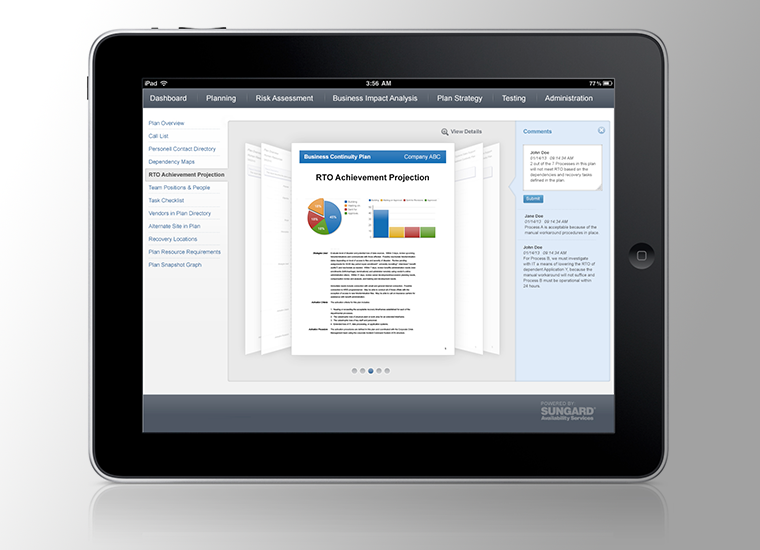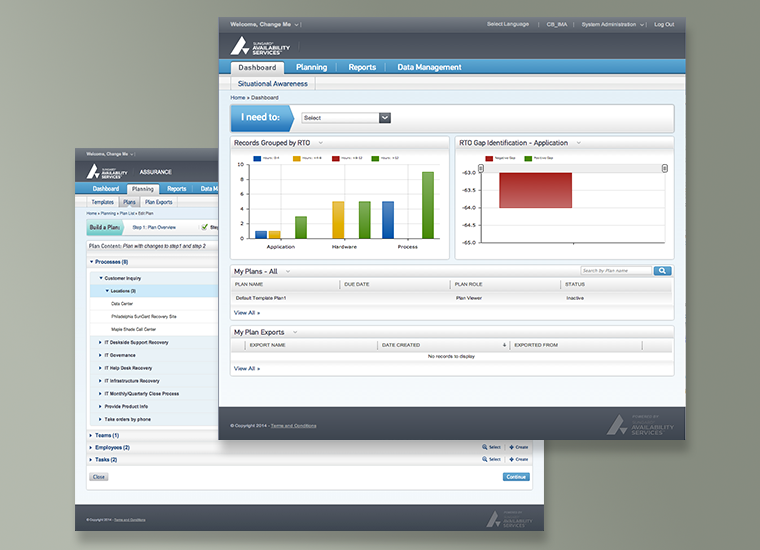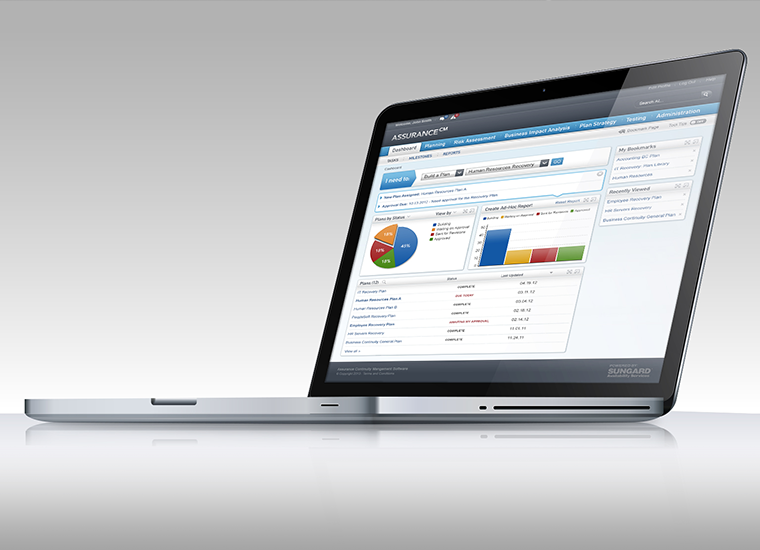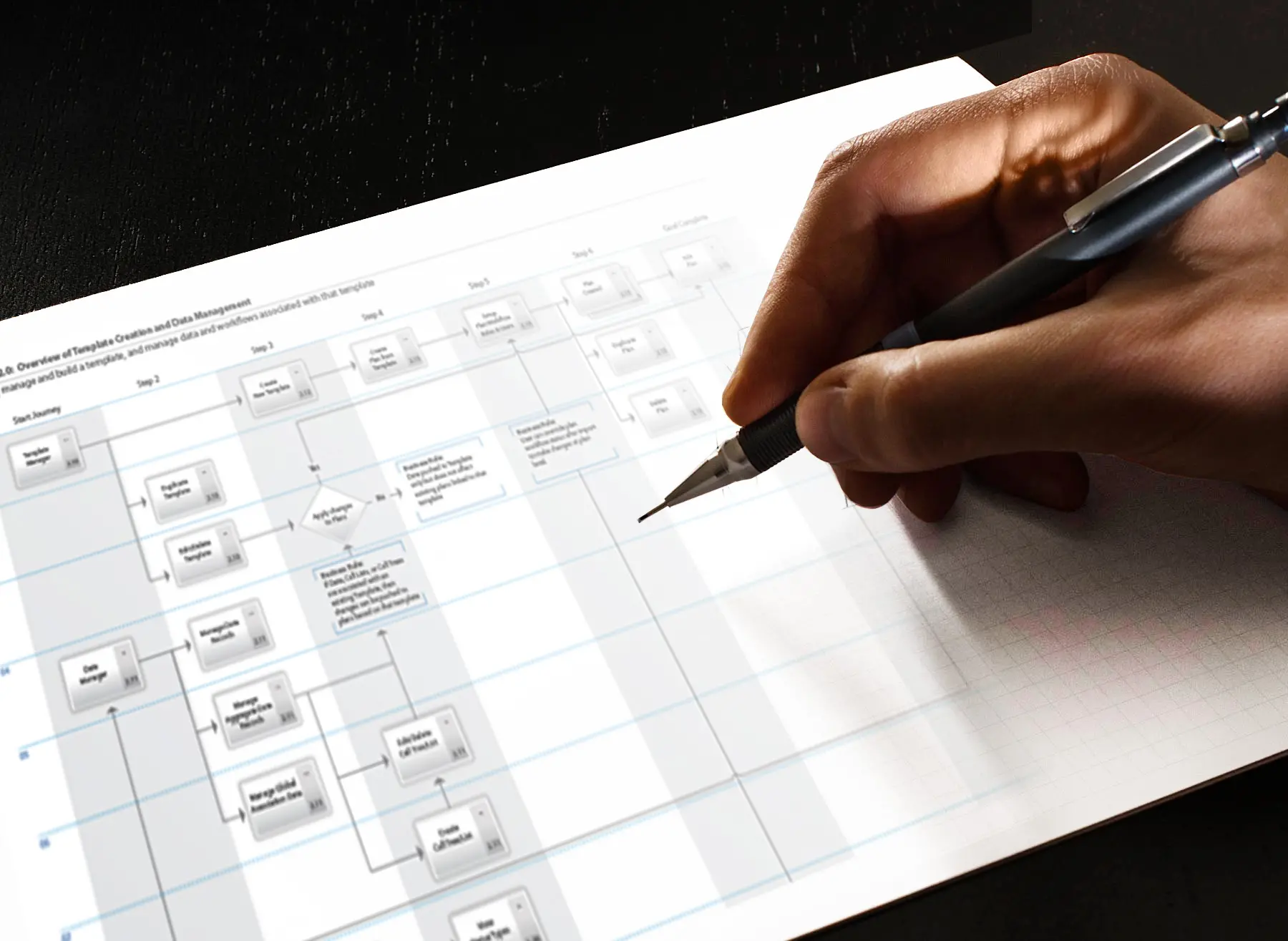
Sungard AS
Case Study: SaSS Product Development
Overview
When I arrived at Sungard AS, their legacy Product suite was in need of a complete overhaul as they were attritioning customers at a rate of 60% a year. The product itself, was completely unusable, and very poorly aligned to customer and stakeholder needs.
Sungard Availability services is a $1.4 billion dollar company that had a products division that focused on supporting its customers with a suite of Products focused on Business continuity and resilience solutions in support of their cloud based monitoring programs.
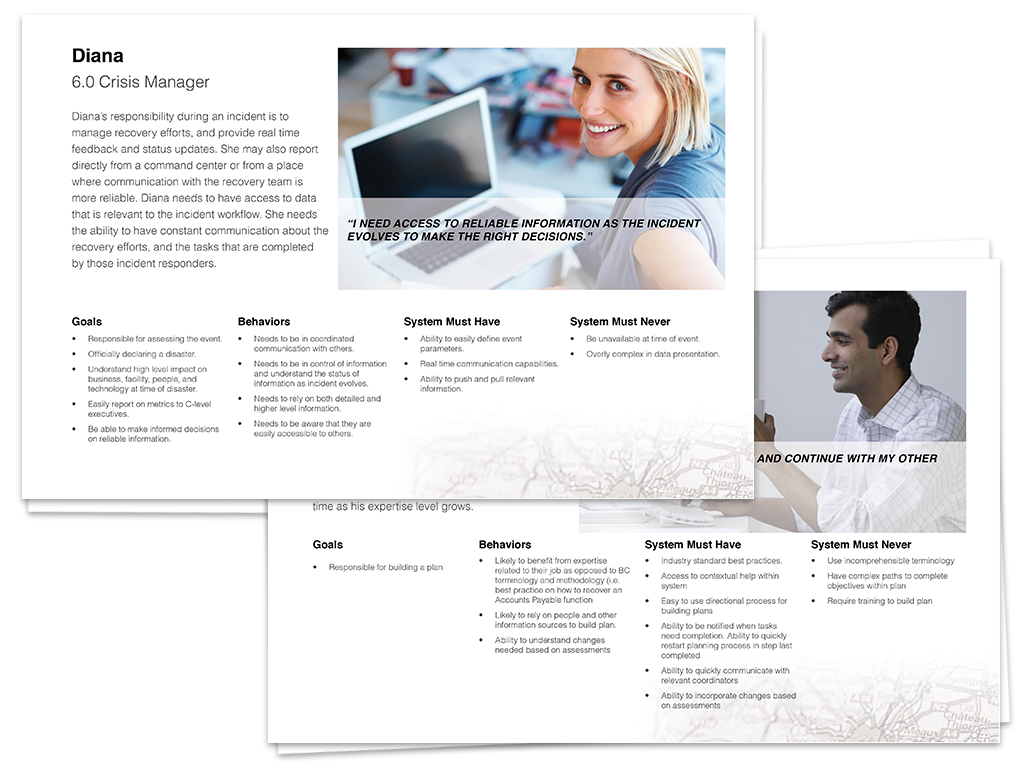
Process
As Head of Enterprise User Experience at Sungard, I established the company’s first global UX practice, building and mentoring a team of over 10 UX professionals across multiple regions.
At the time, Sungard AS operated under a traditional waterfall development process, where product design was driven primarily by engineering with minimal customer or user research informing the roadmap. The leadership team recognized that this approach was unsustainable and limited their ability to innovate and meet evolving customer needs. To address this, the VP of Product Management brought me on to build an enterprise UX practice from the ground up and to help establish an agile, customer-centered design and development process that would transform how products were conceived, built, and delivered.

Insights
I led brand strategy and product design initiatives to strengthen brand preference and align the user experience with Sungard’s evolving cloud-based product portfolio.
To ensure design decisions were grounded in evidence, I created a Customer Charter Team and hired a dedicated group of user researchers to drive data-informed insights through mixed-method research and customer journey analysis. Under my leadership, we adopted Agile and Lean UX methodologies, embedding an iterative design process directly into Scrum-based development to improve collaboration, velocity, and product quality.
This integrated approach elevated Sungard’s design maturity, established UX as a strategic business function, and delivered a consistent, user-centered experience across the enterprise product suite.
Results
I built an Enterprise UX practice that defined clear roles across User Research, Interaction Design, and Product Design, creating a unified, customer-focused discipline within the organization. I advanced a Customer Charter Team to conduct both qualitative and quantitative research, ensuring that user insights directly informed the product roadmap and strategic priorities.
To accelerate innovation and delivery, I led the development of a comprehensive product design system and established an agile UX process that enabled teams to rapidly design, validate, and launch solutions within predictable release cycles. These efforts not only transformed Sungard’s design and development culture but also helped deliver a new product recognized as “Product of the Year” and positioned as a leader in the Gartner Magic Quadrant for Continuity and Resiliency Solutions.
